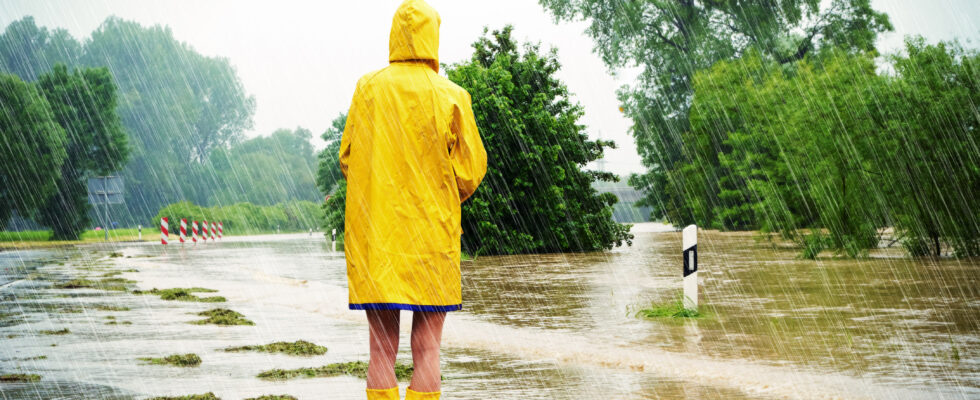Today, more than a fifth of the world’s population is at significant risk of flooding. An alarming context, in which AI seems to have a say.
AI can be a formidable ally in the management of natural disasters. The example of Pano AI and its forest fire detection system is a very convincing example. Today, we know that global warming has a very significant impact on the frequency of flooding: increases in extreme precipitation, disruption of global weather patterns and rising sea levels. According to a June 8, 2022 report issued by the Bank Worldwide, 1.81 billion people face a major risk of flooding on the planet. A growing threat, which some companies intend to curb through the use of artificial intelligence.
7Analytics: innovation in flood prediction
In Bergen, southwest Norway, the company 7Analytics is an infrastructure specializing in data analysis. His team is mainly made up of computer scientists and geologists. Their objective ? Offer real-time flood predictions to local authorities or businesses. Company co-founder Jonas Torland explains: “ we can predict future floods up to seven days in advance with pinpoint accuracy “.
To achieve this result, their in-house software is capable of compiling a very large amount of data: weather conditions, geography of the location, hydrographic networks, local urbanization and drainage capacity. “ All of this data makes it possible to anticipate the flow of water and identify areas at risk. We are able to predict, for example, that a 50 centimeter rise in water levels could occur at the entrance to your home in five days, and also tell you when this situation will start to improve » continues Torland.
Challenges of AI in flood management
7Analytics is not the only company offering this type of solution. London-based company Neara virtually simulates flooding to help minimize potential damage to electricity infrastructure.
Google, for its part, also offers its own alert service monitoring river flooding in more than 80 countries. Called Flood Hub, it is completely free and very easy to use. Google’s vice president of engineering, Yossi Mathias, says that ” Floods are among the most destructive natural disasters, affecting hundreds of millions of people each year. Our main objective is to inform the population before these floods actually occur. “.
The advantage of AI is that it can offer predictions, even in regions where little historical data has been recorded. However, it is far from being a magic wand. Amy McGovern, of the University of Oklahoma and director of the NSF AI Institute for Research on Trustworthy AI in Weather, Climate, and Coastal Oceanography, tempers this observation. “ The quality of models depends entirely on the relevance of the data they collect (…) Let’s take the example of areas that rarely experience flooding. If data is limited there, it becomes more difficult for models to accurately predict flooding in these areas “.
If AI represents significant progress in the management of environmental risks, it must first be considered as a very recent application of this technology to this specific area. Highly dependent on data to make its predictions, it is not infallible. In any case, the latter remains an additional weapon in our arsenal to fight against the dramatic effects of climate change.
Sources: BBC, World Bank

0